Many homeowners are unaware that certain appliances are significantly increasing their electricity bills. While some devices seem harmless, their hidden energy consumption adds up over time. Experts warn that outdated or inefficient models can drain power even when not in active use. Understanding which appliances are the biggest culprits can help homeowners take steps to reduce energy waste and lower their monthly expenses.
1. Refrigerators Are Silent Energy Hogs
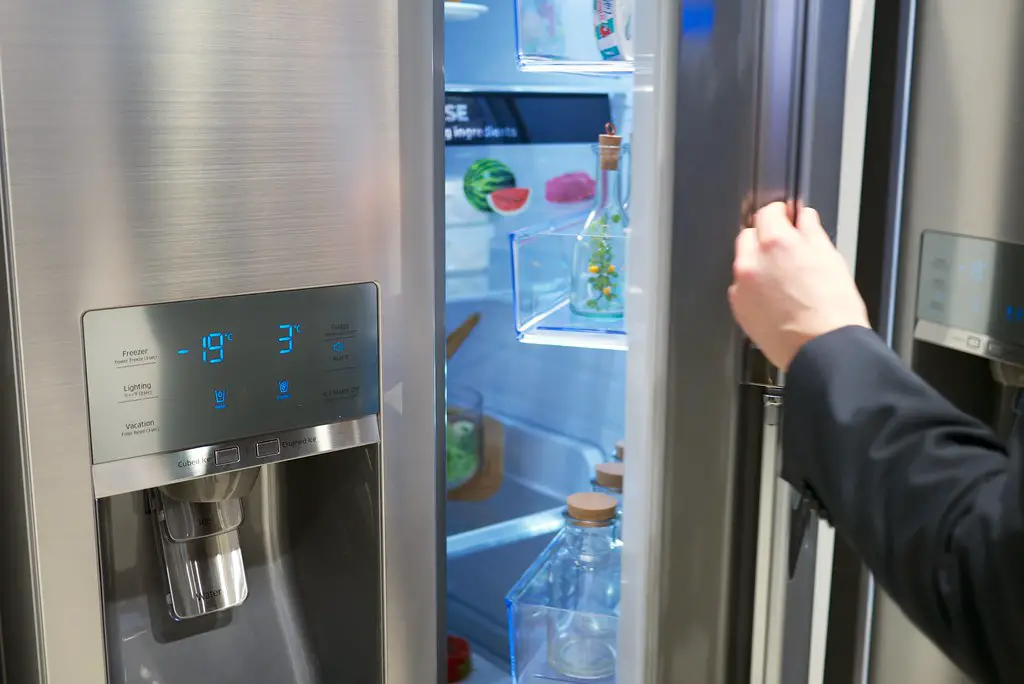
Refrigerators run constantly, making them one of the biggest energy consumers in a home. According to The New York Times, older models are especially inefficient and can use up to twice the electricity of newer, energy-efficient versions. Many homeowners overlook the impact of poor maintenance, such as dirty coils or faulty seals, which force the refrigerator to work harder. Upgrading to an Energy Star-certified model can significantly cut power consumption.
Beyond efficiency concerns, refrigerator placement also plays a role in energy usage. A refrigerator placed near a heat source, such as an oven or direct sunlight, will have to work harder to maintain cool temperatures. Overloading the fridge can restrict airflow, making it less efficient. Homeowners can optimize energy savings by ensuring proper placement and avoiding unnecessary door openings.
2. Water Heaters Consume More Than Expected
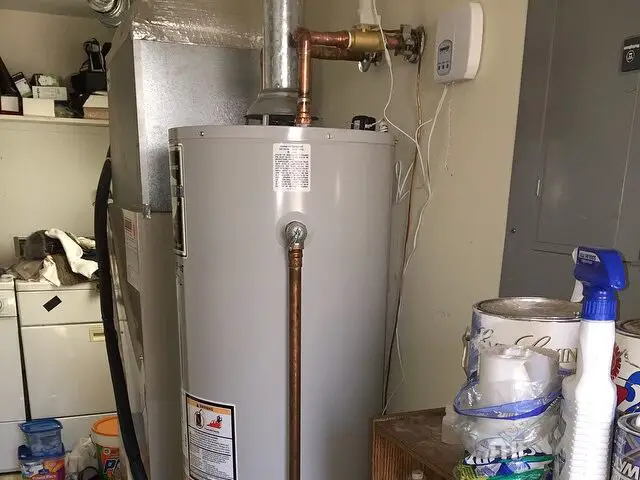
Water heaters are necessary but can quietly raise electricity bills if not managed properly. Forbes notes that traditional tank-style water heaters continuously heat water, even when not in use, leading to wasted energy. Sediment buildup in the tank can also reduce efficiency, requiring more electricity to maintain hot water temperatures. Switching to a tankless water heater or lowering the thermostat setting can lead to noticeable savings.
Another factor impacting water heater efficiency is insulation. Older water heaters without proper insulation lose heat more quickly, causing them to work harder. Adding an insulating blanket around the tank can help retain heat and reduce energy consumption. Additionally, installing low-flow showerheads and faucets can decrease the amount of hot water used, further cutting down on power usage.
3. Older Washing Machines Waste Power
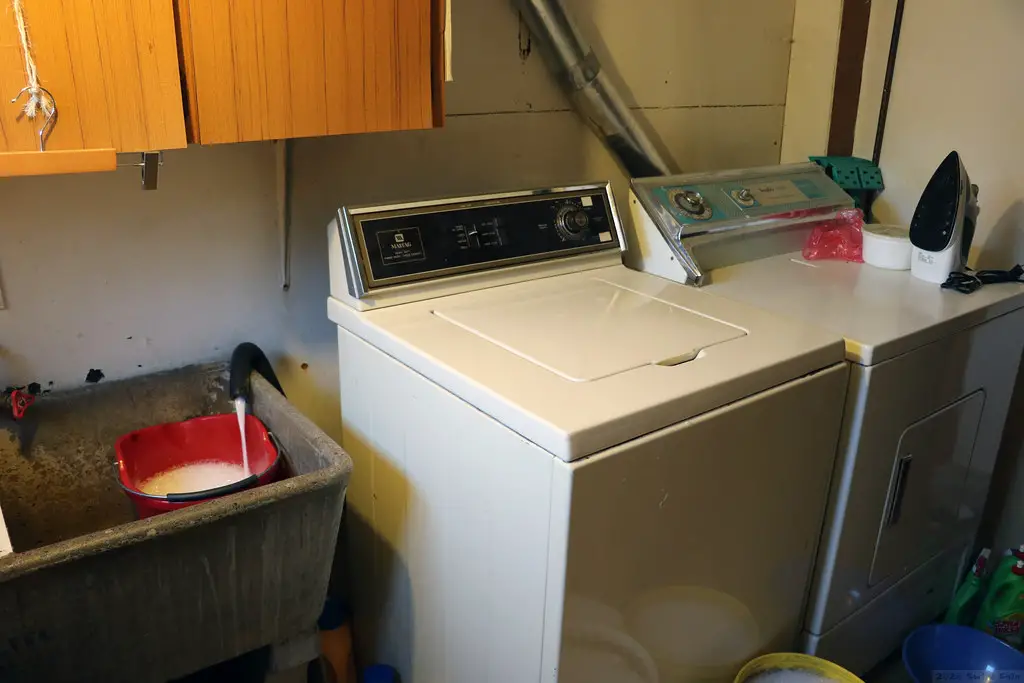
Washing machines, particularly older top-loading models, consume more electricity than most people realize. The Spruce explains that newer front-loading washers use less water and energy, making them a smarter choice for homeowners. Using hot water cycles frequently further increases power usage, as the machine works harder to heat the water. Switching to cold water cycles and upgrading to an energy-efficient model can help lower electricity costs.
Overloading the washing machine also leads to higher energy consumption. When overloaded, the machine struggles to spin efficiently, requiring longer wash cycles and additional water usage. Running full, balanced loads while avoiding excessive detergent can improve performance and reduce electricity use. Additionally, using high-speed spin cycles helps remove more water, cutting down on drying time.
4. Dryers Are Major Electricity Drainers
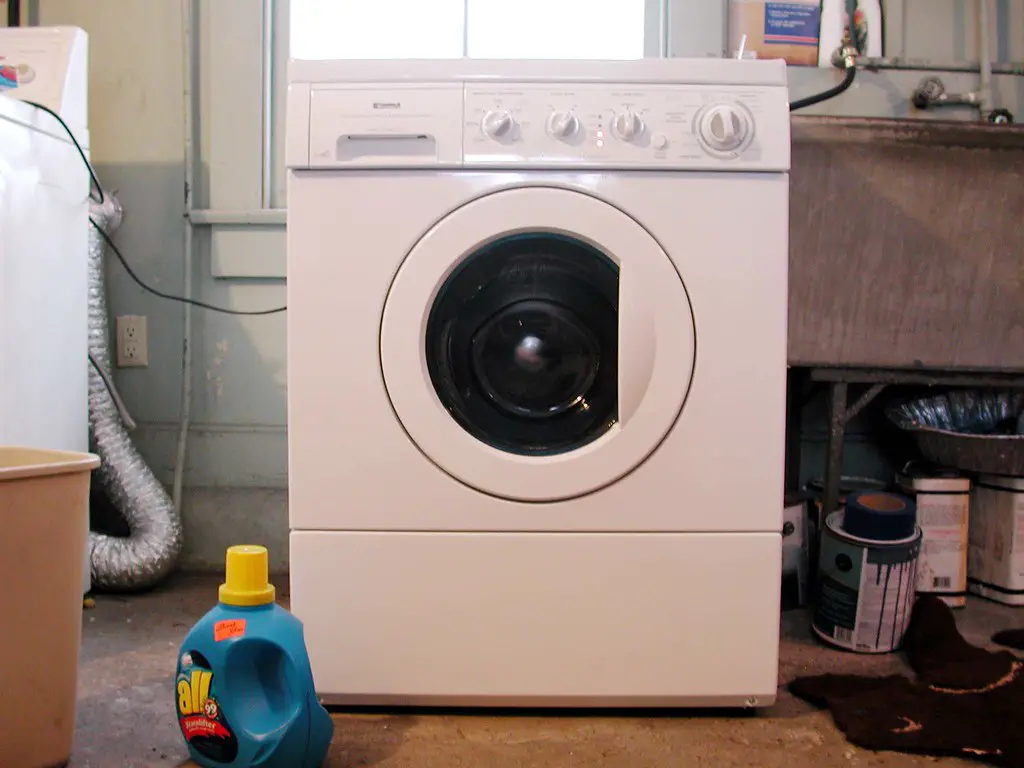
Clothes dryers require large amounts of energy, particularly if they lack modern efficiency features. Architectural Digest reports that older dryers can be up to 40% less efficient than new models. Lint buildup in vents forces the appliance to work harder, increasing energy consumption. Regular maintenance and opting for air-drying whenever possible can reduce unnecessary electricity use.
Using dryer balls can help clothes dry faster by improving air circulation inside the drum. Additionally, selecting lower heat settings and using moisture sensors, if available, can reduce overall energy use. Homeowners who clean lint filters after every load and periodically check the vent ducts can prevent blockages and improve dryer efficiency.
5. Dishwashers Can Be Hidden Culprits
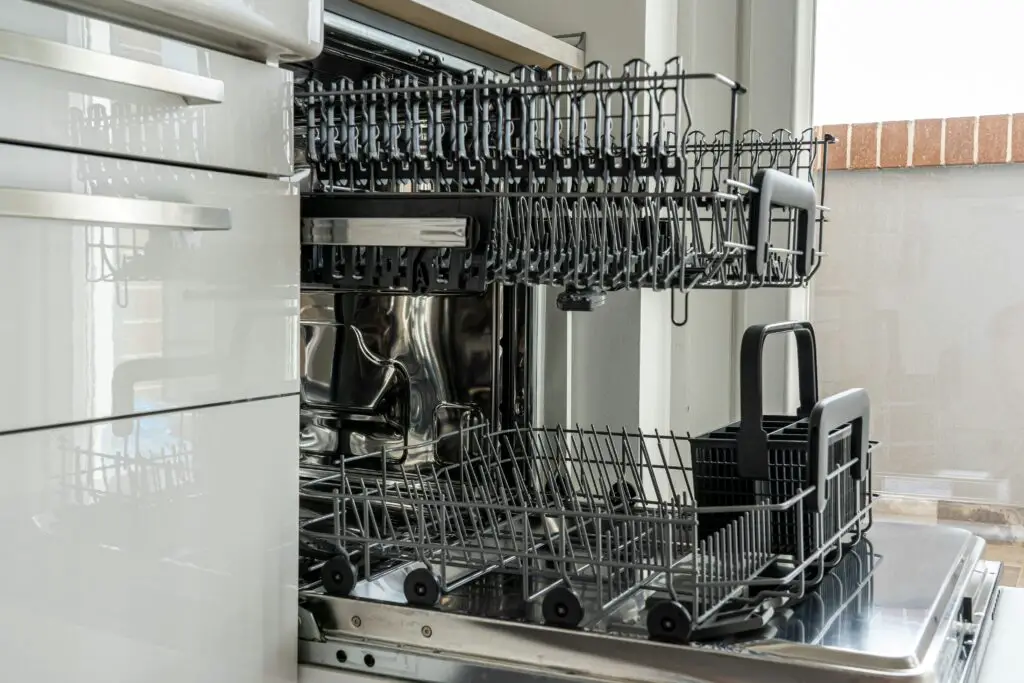
Although dishwashers are convenient, they can contribute significantly to electric bills if used inefficiently. Many homeowners run partial loads, wasting both water and energy. Heated drying cycles consume additional electricity, making air drying a better alternative. Choosing an Energy Star-certified model and running full loads can improve efficiency.
Another way to reduce dishwasher energy use is by scraping food off dishes instead of pre-rinsing under hot water. Modern dishwashers are designed to handle minor food residue, making pre-rinsing unnecessary in most cases. Running the dishwasher during off-peak hours when electricity rates are lower can also help homeowners save money.
6. Space Heaters Drive Up Costs
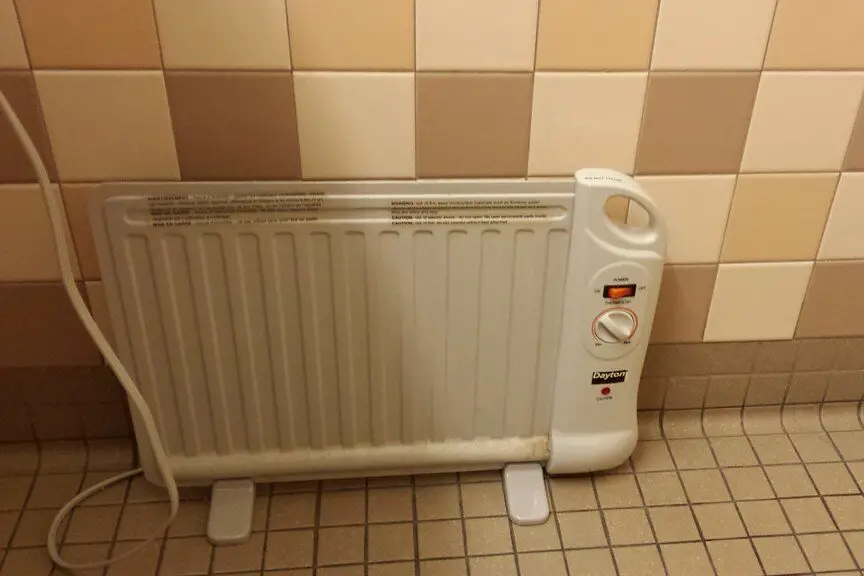
Space heaters are often used as a quick fix for cold rooms but can be one of the most expensive appliances to run. They use a high wattage and often remain on for extended periods, leading to skyrocketing energy bills. Many homeowners underestimate how much power a single space heater consumes compared to central heating. Using blankets, draft stoppers, or an energy-efficient heating system is a better alternative.
Using programmable timers or thermostats can help limit unnecessary energy consumption. Additionally, placing space heaters strategically in small, enclosed areas rather than open spaces ensures more effective heating. Homeowners should also check for gaps in insulation or windows that may be causing excessive heat loss.
7. Microwaves Consume Standby Power

Even when not in use, microwaves continue to draw electricity due to their digital displays and standby mode. This “phantom load” effect causes energy waste, especially when multiple appliances are plugged in constantly. Unplugging the microwave when not needed or using a smart power strip can eliminate unnecessary power use. Choosing a microwave with an automatic power-off function can also help reduce consumption.
Another energy-saving tip is to use microwaves for shorter cook times rather than heating large quantities of food at once. Covering food while heating helps retain moisture and speeds up cooking, reducing energy use. For reheating small portions, using an air fryer or toaster oven may be more energy-efficient.
8. Gaming Consoles Drain Energy Even When Idle
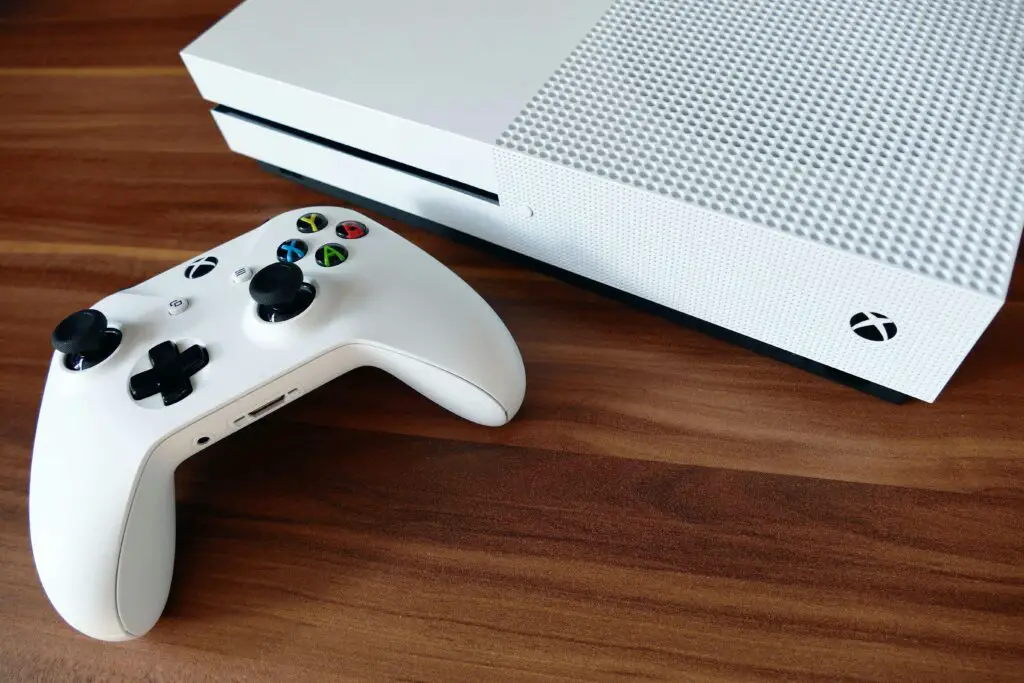
Gaming consoles may seem harmless, but they use significant electricity when left in standby mode. Many consoles automatically download updates or remain connected to the internet, consuming power even when not actively being used. Setting devices to energy-saving mode and turning them off completely can prevent excess electricity use. Unplugging them when not in use is the most effective way to reduce hidden costs.
Using external power bricks with automatic shut-off features can help reduce standby power draw. Disabling background downloads and auto-updates also minimizes energy usage. Additionally, reducing screen brightness and turning off controllers when not in use can further lower electricity consumption.
9. Electric Ovens Are High-Power Users
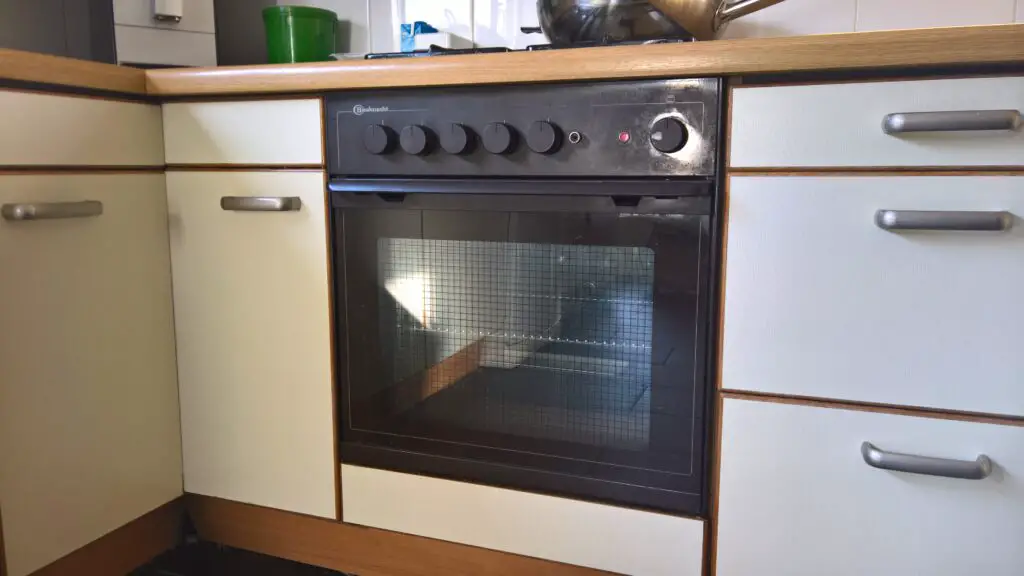
Electric ovens consume large amounts of energy, especially when used for extended periods. Preheating an oven for too long or leaving it running after cooking can unnecessarily increase electricity usage. These ovens can also consume more power when used for small cooking tasks, such as reheating a single portion. Opting for energy-efficient models or switching to alternatives like air fryers or toaster ovens for smaller meals can help lower costs.
In addition to using smaller appliances, the way you operate your oven also matters. Keeping the oven door closed while cooking helps maintain heat and reduces the need for additional energy. You can also reduce energy consumption by turning off the oven a few minutes before finishing cooking, allowing residual heat to complete the process. These small adjustments can significantly impact your electric bill over time.
10. Coffee Makers Continue Using Power After Brewing
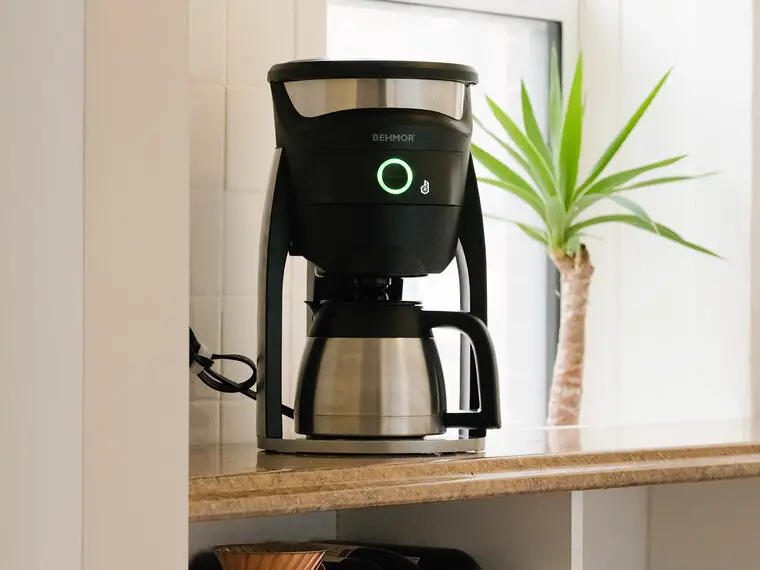
Coffee makers, especially those with warming plates, continue to use electricity long after brewing is complete. Many models keep the heating element on, which consumes energy even when it isn’t needed. If left on throughout the day, this standby energy use can add up quickly, especially if you brew coffee multiple times a day. Switching to an insulated thermal carafe, which retains heat without the need for additional electricity, can help prevent unnecessary power consumption.
Another way to reduce electricity use is by unplugging the coffee maker when it’s not in use. Many modern coffee makers come with programmable features or timers that automatically turn them off after a set time. By adjusting settings to ensure the appliance powers down after brewing, you can save energy without sacrificing your morning coffee routine. Making these simple changes can add up to considerable savings on your electric bill.
11. Television Sets Can Increase Bills in Standby Mode
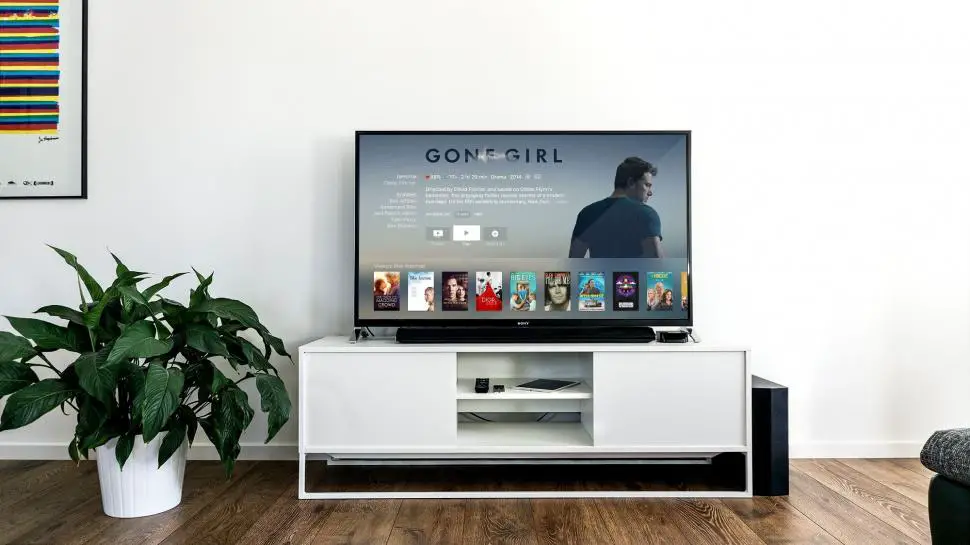
Modern televisions are designed to remain in standby mode, which means they continue to draw power even when turned off. Features like voice activation, automatic updates, and smart TV capabilities can keep the TV partially powered, leading to energy waste. Over time, this can significantly impact electricity bills, especially when multiple devices are left in standby mode. Adjusting settings to disable these features can help reduce unnecessary energy consumption.
To cut down on wasted power, consider using a power strip to plug in your TV and other electronic devices. When you turn off the TV, you can simply switch off the power strip, effectively cutting off all power. Many TVs also have a setting that allows you to turn them off completely rather than leaving them in standby mode. This simple adjustment can make a noticeable difference in your energy usage.
12. Pool Pumps Run Up Electricity Costs
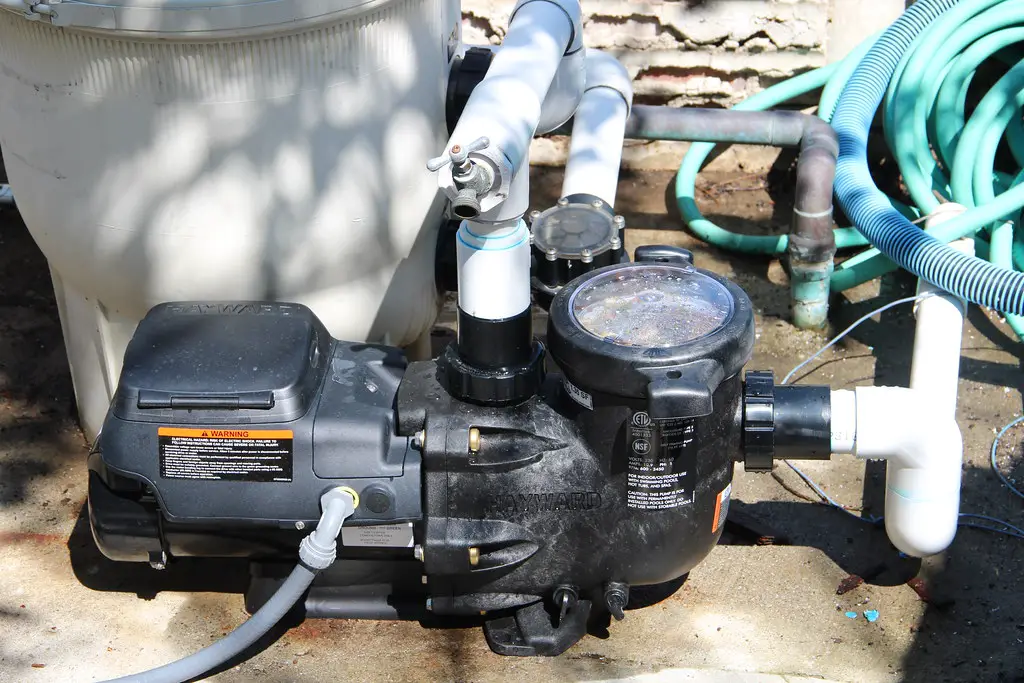
Pool pumps are essential for maintaining water circulation and filtration, but they also require a lot of energy to operate. Many homeowners overuse their pool pumps, running them for longer than necessary, which increases electricity bills. The size and age of the pump also affect energy consumption; older models tend to be less efficient than newer, variable-speed pumps. By adjusting the run time to the necessary hours and upgrading to an energy-efficient model, homeowners can drastically reduce energy use.
Variable-speed pool pumps use less power and offer customizable settings to help homeowners optimize energy consumption. For most pools, running the pump for about 6-8 hours a day is usually sufficient. In addition to reducing the pump’s operating time, ensuring that the filter is cleaned regularly and the pump is properly maintained can help avoid inefficiencies. Taking these steps will not only reduce energy waste but also improve the overall performance of your pool.
13. Smart Home Devices Contribute to Phantom Load
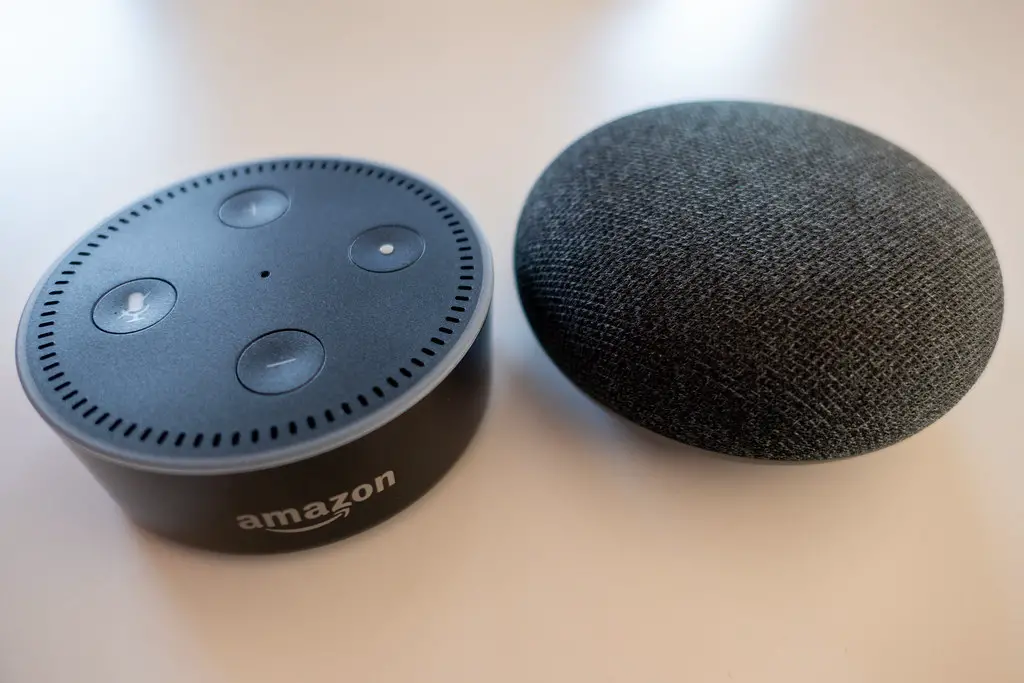
Smart home devices, such as voice assistants, security cameras, and smart thermostats, continuously use electricity, even when they’re not in active use. While these devices offer convenience, they are also notorious for contributing to “phantom load” or standby power consumption. This constant energy draw may seem insignificant individually, but across several devices, it can add up quickly. By disabling unnecessary features or setting devices to low-power modes, homeowners can minimize the amount of electricity they use when the devices are idle.
Another effective solution is using a smart power strip that can disconnect multiple devices at once when not in use. This allows homeowners to manage their energy consumption more efficiently by ensuring that all smart devices are powered down during downtime. Additionally, choosing smart home products with energy-saving features or those that can be manually powered off can help control electricity use. Making these small adjustments can help keep your energy bills in check without sacrificing the benefits of a connected home.
